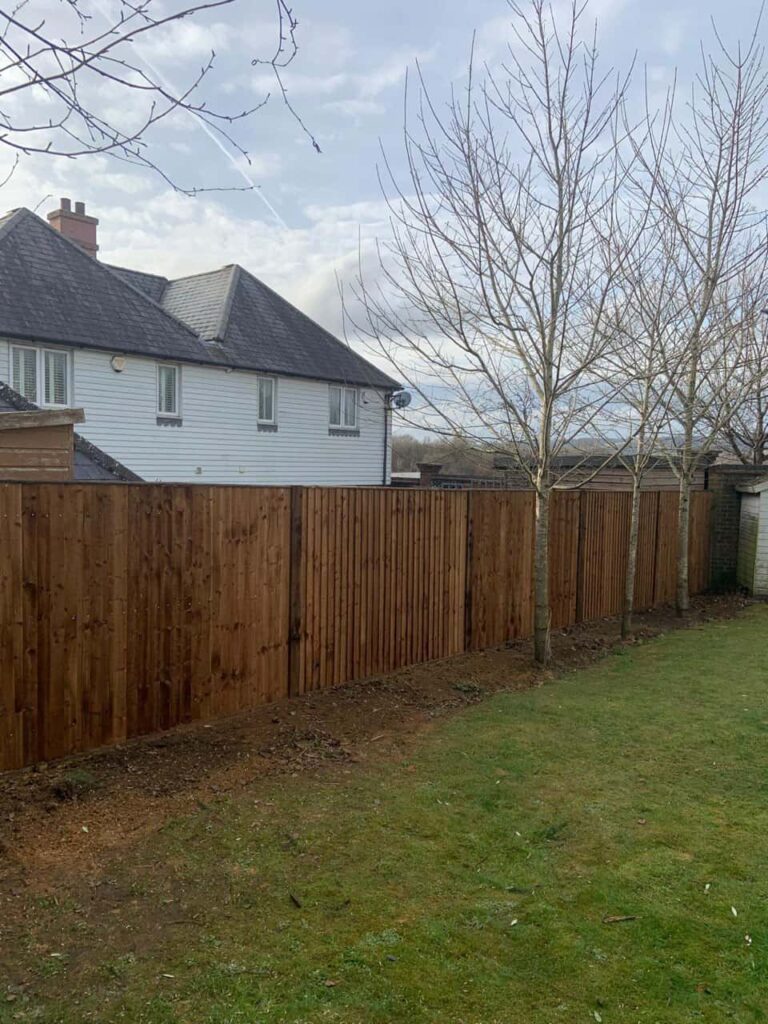Post and Rail Fencing: The Ultimate Guide to Choosing, Installing, and Maintaining It
Introduction
Post and rail fencing is a classic and highly effective solution for marking boundaries, securing livestock, and enhancing the aesthetic appeal of a property. Known for its durability and simple yet functional design, it is widely used in agricultural, equestrian, and residential settings. Whether you are looking for a traditional wooden fence or a low-maintenance alternative, choosing the right materials and installation method is essential for long-term performance.
At Fast Fix Fencing Upwell, we specialise in high-quality post and rail fencing in Upwell, Norfolk, offering expert advice and professional installation services. This guide explores the benefits of post and rail fencing, the best materials to use, and key considerations for installation and maintenance.
Key Takeaways
- Post and rail fencing is a strong, versatile, and visually appealing boundary solution.
- It is ideal for agricultural, equestrian, and residential applications.
- The choice of materials impacts durability, maintenance, and cost.
- Proper installation ensures structural integrity and long-lasting performance.
- Regular maintenance helps extend the lifespan of the fencing.
Why Choose Post and Rail Fencing?
1. Durability and Strength
Post and rail fencing is designed to withstand harsh weather conditions and daily wear. With properly treated materials, it can last for decades, making it a reliable choice for securing livestock, marking property boundaries, or enhancing garden spaces.
2. Aesthetic Appeal
The natural look of post and rail fencing complements rural landscapes and traditional properties. It blends seamlessly into the environment while providing a clearly defined border.
3. Versatility for Different Uses
This type of fencing is suitable for a variety of applications, including:
- Agricultural fencing: Ideal for securing livestock such as cattle, horses, and sheep.
- Equestrian fencing: Provides safe enclosures for horses with minimal risk of injury.
- Residential fencing: Used for garden perimeters, driveways, and decorative purposes.
4. Cost-Effective Solution
Compared to other fencing options, post and rail fencing offers excellent value for money. Its simple construction requires fewer materials, and its durability minimises long-term replacement costs.
Choosing the Right Material for Post and Rail Fencing
1. Timber
Wood is the most common material for post and rail fencing due to its natural aesthetic and strength. Different wood types offer varying levels of durability:
- Oak: Highly durable and naturally resistant to rot but more expensive.
- Chestnut: A strong, long-lasting hardwood with excellent weather resistance.
- Pressure-treated softwood: A cost-effective option treated to resist rot and decay.
2. Composite Fencing
Composite materials provide the appearance of wood but require less maintenance. They are made from a mix of recycled wood fibres and plastic, offering high resistance to moisture and insect damage.
3. PVC or Vinyl
For those seeking a low-maintenance option, PVC or vinyl fencing is a practical alternative. It is resistant to rot, fading, and pests while maintaining a clean, polished appearance.
Installing Post and Rail Fencing
1. Planning and Measuring
Before installation, it is essential to measure the area and determine the number of posts and rails required. Marking the fence line with stakes and string ensures a straight and even layout.
2. Digging Post Holes
Posts should be placed at regular intervals, typically 1.8 to 2.4 metres apart. The holes should be deep enough to secure the posts firmly—usually around 60 to 90 centimetres, depending on the soil type and fence height.
3. Setting the Posts
The posts must be set securely in concrete or tamped soil to provide stability. Proper alignment is crucial to maintaining a strong and even fence line.
4. Attaching the Rails
Rails are attached horizontally between the posts using nails, screws, or brackets. The number of rails depends on the desired height and strength of the fence, with two to four rails being standard.
Maintaining Post and Rail Fencing
1. Regular Inspections
Checking the fence periodically helps identify any damage, loose rails, or rotting posts before they become significant issues.
2. Treating and Sealing Wood
Applying a wood preservative or stain protects the fence from moisture, UV damage, and insect infestations. Regular treatment extends the lifespan of timber fencing.
3. Cleaning and Repairs
Dirt, moss, and algae can build up over time, especially on wooden fences. Cleaning the fence with a pressure washer or a mild detergent keeps it looking fresh. Damaged sections should be repaired or replaced promptly to prevent further deterioration.
Conclusion
Post and rail fencing is a durable, cost-effective, and visually appealing solution for a wide range of applications. Whether used for agricultural, equestrian, or residential purposes, its strong construction and natural charm make it a popular choice. Selecting the right materials, ensuring proper installation, and carrying out routine maintenance are key to maximising its longevity and effectiveness.
For professional post and rail fencing services in Upwell, Norfolk, Fast Fix Fencing Upwell offers expert installation and maintenance solutions. Contact us today to discuss your fencing needs and enhance your property with a high-quality, long-lasting fence.
Call us on: 01945 66 0354
Click here to find out more about Fast Fix Fencing Upwell
Click here to complete our contact form and see how we can help with your fencing needs.

